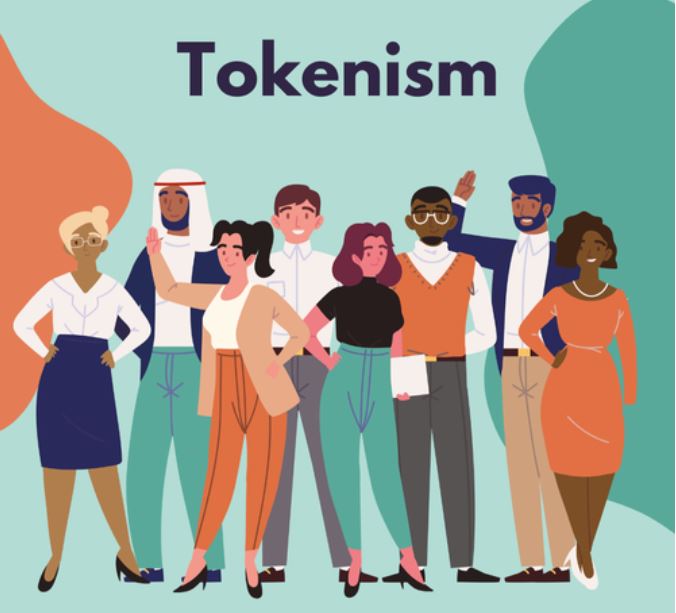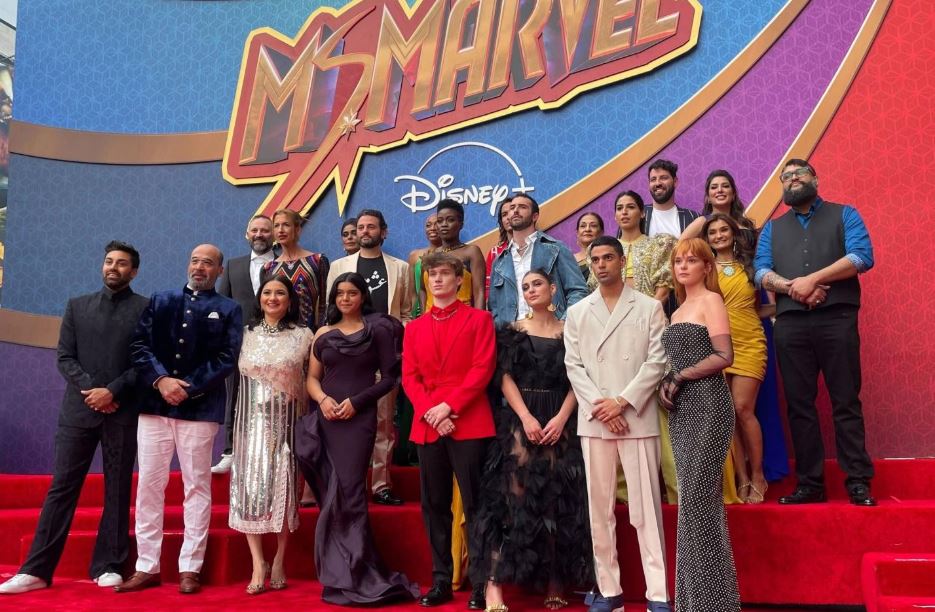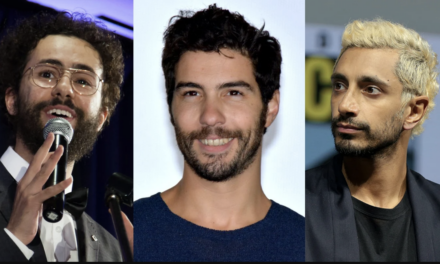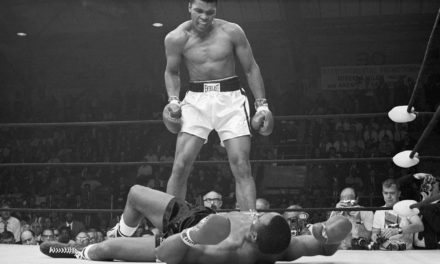The role of entertainment media in the modern world is to shape and portray the perception of society and its people through storytelling. Hollywood has been performing that role for decades but there have been some major flaws in its representation of minorities and other religions. For decades, there have been huge stereotypes, misrepresentations, and tokenism in the representation of Muslims in the media. Though there have been some efforts made in Hollywood to diversify the portrayals, the question of genuine representation of Muslims and tokenism remains.
Muslims have been portrayed mostly through negative and simplistic lenses throughout the history of Hollywood. In 2001, Dr. Jack Shaheen analyzed over 1,000 films and wrote the book “Reel Bad Arabs: How Hollywood Vilifies a People”. In this book, he explained how Arabs and Muslims are always (90%) depicted in the negative roles of terrorists, oil-rich sheiks, or oppressive figures. The 9/11 further worsened this situation of associating Islam with extremism.
A study by the USC Annenberg Inclusion Initiative and Pillars Fund in 2021, analyzing 200 top-grossing films from the U.S., UK, Australia, and New Zealand between 2017 and 2019, found that only 1.6% of all speaking characters were Muslim. It’s quite a huge contrast, considering that Muslims constitute nearly 25% of the World’s population (almost 2 billion people).
The Shift Towards Inclusion?
Despite these misrepresentations in the past, the past decade has seen an increase in the advocacy for genuine and authentic representation of Muslims. It has pushed Hollywood towards more inclusive storytelling, with shows like Ramy (2019) and Ms. Marvel (2022) breaking barriers by having Muslim protagonists in nuanced, everyday stories.
Ramy Yususf, an Egyptian-American comedian, created and starred in the show, Ramy. The show was about a millennial Muslim man living in the U.S., exploring faith, identity, and morality while living a normal life. The show was a huge hit, praised for its depth and cultural specificity, as well as, its humor.
One of the biggest steps towards a more inclusive Hollywood industry was the Ms. Marvel show. Iman Vellani, a Pakistan-born actress, portrayed the role of Kamala Khan (Ms. Marvel); the first Muslim superhero in the Marvel Cinematic Universe (MCU). The show was hugely praised by the global audience for its positive and family-centered representation.
Mo Amer in the Netflix show “Mo” portrayed the character of a Palestinian refugee. It portrayed the struggles and triumphs of a refugee in the U.S., thus humanizing their experiences beyond stereotypes of victimhood or villainy. But do these shows a systemic change or are they just individual success stories?
The Problem of Tokenism
The term “Tokenism” means making a symbolic effort towards an equitable environment and inclusion of the members of a minority community. It’s a social practice, usually for recruiting people of underrepresented communities to give the appearance of racial and gender equality. It’s still a big concern despite the forward steps taken by the industry.

Tokenism can often be noticed in three key ways i.e. minimal screen time, stereotypical depiction, and the lack of representation in the industry. A study by USC in 2021 found that most of the Muslim characters on screen were secondary or background roles, with less than 10% of these Muslim characters having a significant role in the story.
The majority of the Muslim characters are depicted as violent with an extremist narrative, displaying Islamophobic biases. One-third of Muslim characters in major Hollywood films were linked to violence, according to a 2022 study by Georgetown University. Another factor is that there is almost no representation of Muslims behind the camera. Less than 1% of Hollywood’s writers, producers, or directors are Muslims, according to Directors Guild of America.
The Economic and Social Case for Better Representation
The issue in question for genuine Muslim representation is not just of ethical concern but a business case as well. Muslim consumers’ purchasing power in the U.S. exceeded $120 billion, according to a 2020 report. If the studios keep portraying Muslims in such an outdated and extremist manner, they risk losing the younger generations who are looking for more inclusive and authentic content.
There is still much work to be done despite Hollywood making many positive strides towards a better representation of Muslims. Tokenism is still a big challenge though Hollywood did see a shift from clear misrepresentation to genuine storytelling. The media industry must amplify the voices of Muslims in order to move from symbolic inclusion. Systemic change will come when it diversify its narratives and recognizes the economic and cultural benefits of authentic representation.
Tokenism can often be noticed in three key ways i.e. minimal screen time, stereotypical depiction, and the lack of representation in the industry. A study by USC in 2021 found that most of the Muslim characters on screen were secondary or background roles, with less than 10% of these Muslim characters having a significant role in the story.
The majority of the Muslim characters are depicted as violent with an extremist narrative, displaying Islamophobic biases. One-third of Muslim characters in major Hollywood films were linked to violence, according to a 2022 study by Georgetown University. Another factor is that there is almost no representation of Muslims behind the camera. Less than 1% of Hollywood’s writers, producers, or directors are Muslims, according to Directors Guild of America.
By Haidar Abbas and Dr Amir M Khan














